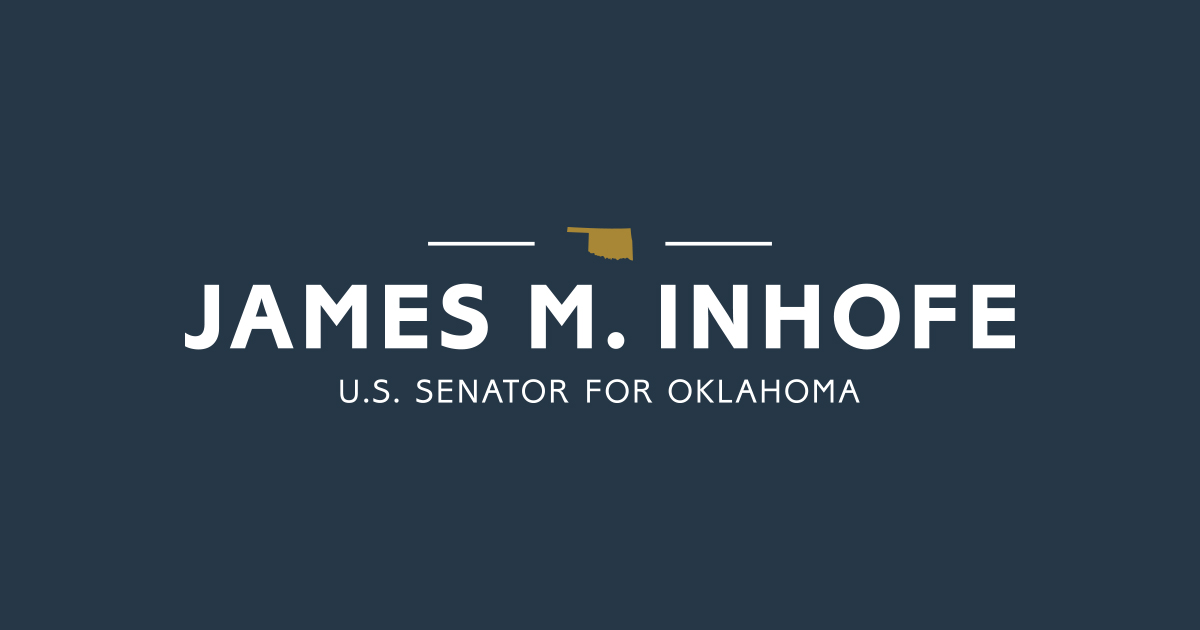Source: United States Senator for Oklahoma James Inhofe
U.S. Sen. Jim Inhofe (R-Okla.), ranking member of the Senate Armed Services Committee (SASC), today questioned witnesses at a SASC hearing to receive testimony on the posture of United States European Command and United States Transportation Command.
Witnesses included: General Tod Wolters, Commander, United States European Command/ North Atlantic Treaty Organization Supreme Allied Commander Europe, and General Jacqueline Van Ovost, Commander, United States Transportation Command.
Inhofe: Thank you, Mr. Chairman. The recent emergency supplemental provided an additional $3 billion to support Ukraine, backfill our allies and invest in United States stocks dedicated to this effort. General Wolters, you’ve indicated that EUCOM needs significant increases to sustain efforts to deter Russia, including through the European Deterrence Initiative that the Biden Administration cut last year. OK. General Wolters, credible deterrence only works when you have a strong national defense backing up our words. President Biden’s warnings to Putin clearly failed to stop his invasion. Russia’s actions are a wake-up call for this administration and for Europe that Russia remains a significant threat.
As your opening statement attests, this crisis has prov[en] how much of a game changer the European Deterrence Initiative (EDI) has been since it enabled the military to stand up the Army Preposition Stock sites that our troops have now fallen in on. Can you expand upon how critical those sites have been to enable our troops to surge in Europe over the past few weeks?
Wolters: Sen. Inhofe, to take Armored Brigade Combat Team and launch it from the continental United States and put it on European turf and have the tanks that comprise that Brigade Combat Team to shoot, move and communicate and fire on range in one week is an amazing accomplishment and that was facilitated by those Army Preposition Stocks, and it was practiced in previous exercises, which are very expensive and part of the EDI fund. So I would just say that when we’ve demonstrated to the European community and to the NATO community and to the world how well we can shoot, move and communicate and transition a large force from CONUS to Europe at that pace is something that demonstrates the great value of EDI.
Inhofe: I think that’s right, and are there any force elements included in the new 20,000 forces that you have in Europe now that would be extremely useful in your deterrence efforts in the long run, in the future?
Wolters: There are, Senator, and most of them have to do with critical enablers that you’re very familiar with, and we’ve been able to benefit from their existence as they’ve arrived in Europe.
Inhofe: General Van Ovost, strategic lift refers to the ability to transport personnel, equipment and stores from the continental United States to operational theaters around the world. General Van Ovost, as we discussed in my office, would you further describe the current readiness of the sealift fleet?
Van Ovost: Thanks, Senator. Look, the sealift fleet is critical to our execution of our plans. They move 90 percent of the cargo in wartime, and today as we stand, about 70 percent of our roll-on/roll-off capacity is going to exceed its service life in 10 years. Our ability to keep those sealift ships in readiness status is costing more and more every year. So it’s been imperative that we embark upon the sealift recapitalization program for which I’m grateful for the appropriation and the authorization, which will get us up to four used ships and then we are going to work with the Navy to get beyond four, up to nine, as they submit their sealift build plan and hopefully that that will satisfy the requirements so we can continue to purchase sealifts when the favorable conditions are occurring right now in the market.
Inhofe: That’s good, and I think they will. Thank you, Mr. Chairman.
